The moon is our nearest cosmic neighbor, and many, if not most, of us never get tired of gazing at its reflected glow. The moon is the easiest and most rewarding object for astronomers and stargazers to observe because its features are readily discernible, even with the naked eye.

Moon phases as seen from the Northern Hemisphere
Lady Luna’s sunlit celestial body seemingly changes its shape daily depending on its relation to the earth, alternately waxing to an opulent full moon and waning to a graceful crescent as new moon approaches. The cycle is on perpetual repeat every 29.5 days (approximately).

Moon phases as seen from the Southern Hemisphere
But why does the moon have phases? As the moon orbits the earth, it spends part of its time between us and the sun, the lighted half facing away from us: a new moon.
When earth’s satellite swings around along its orbit, a thin sliver of reflected sunlight is seen as a crescent moon. Once the moon is opposite the sun, we view it as fully lit and therefore another full moon. This superb spectacle has delighted us ever since the moon was created (according to best scientific research) about 4.5 billion years ago, when a still-molten earth was hit in a violent collision by a large protoplanet the size of Mars.
From a lunar perspective, 2018 offered extra treats for all moonstruck earthlings with two rare eclipses: a super blue blood moon in January (which I marked with IWC Refined Portofino Hand-Wound Moon Phase Edition 150 Years: Celebrating The Super Blue Blood Moon In A Spectacle Of Superlatives) and the century’s longest lunar eclipse, which lasted for one hour and 43 minutes in July.
The moon phase indication, one of the most poetic of watch complications, is a perennial favorite among watch enthusiasts.
For moon-struck astronomy fans looking for a fix until the next lunar eclipse on January 20 in 2019, here are five beautiful haute horlogerie moon phases watches, all with manufacture calibers.
Patek Philippe Reference 5270P Perpetual Calendar Chronograph: a staple of successful design for 70+ years
The moon phase is often a part of the comprehensive package of indications a perpetual calendar features: “pre-programmed” until 2100, the Patek Philippe Reference 5270P Perpetual Calendar Chronograph displays the day of the week, date, month, leap-year cycle, and position of the moon in the night sky.
Combining this mechanical marathon with a state-of-the art chronograph is a technical feat only a handful of brands could accomplish.

Patek Philippe Reference 5270P Perpetual Chronograph with salmon dial
Reference 5270P was introduced in 2018 for the first time in platinum with a salmon-colored dial, an exciting hue that my colleague Martin Green is very fond of (see Serving Up Salmon: Watches With Sublime Salmon-Colored Dials And Why They Remain Rare).
This model draws on Patek Philippe’s prowess in combining large complications and has done so for more than 70 years – starting in 1941 with Reference 1518, the first serially produced perpetual calendar chronograph. Continuing since, one can confidently call this watch a holy grail of horology and one of the most sought-after vintage timepieces, skyrocketing at auction on rare occasions – including one that sold for $11 million in 2016.
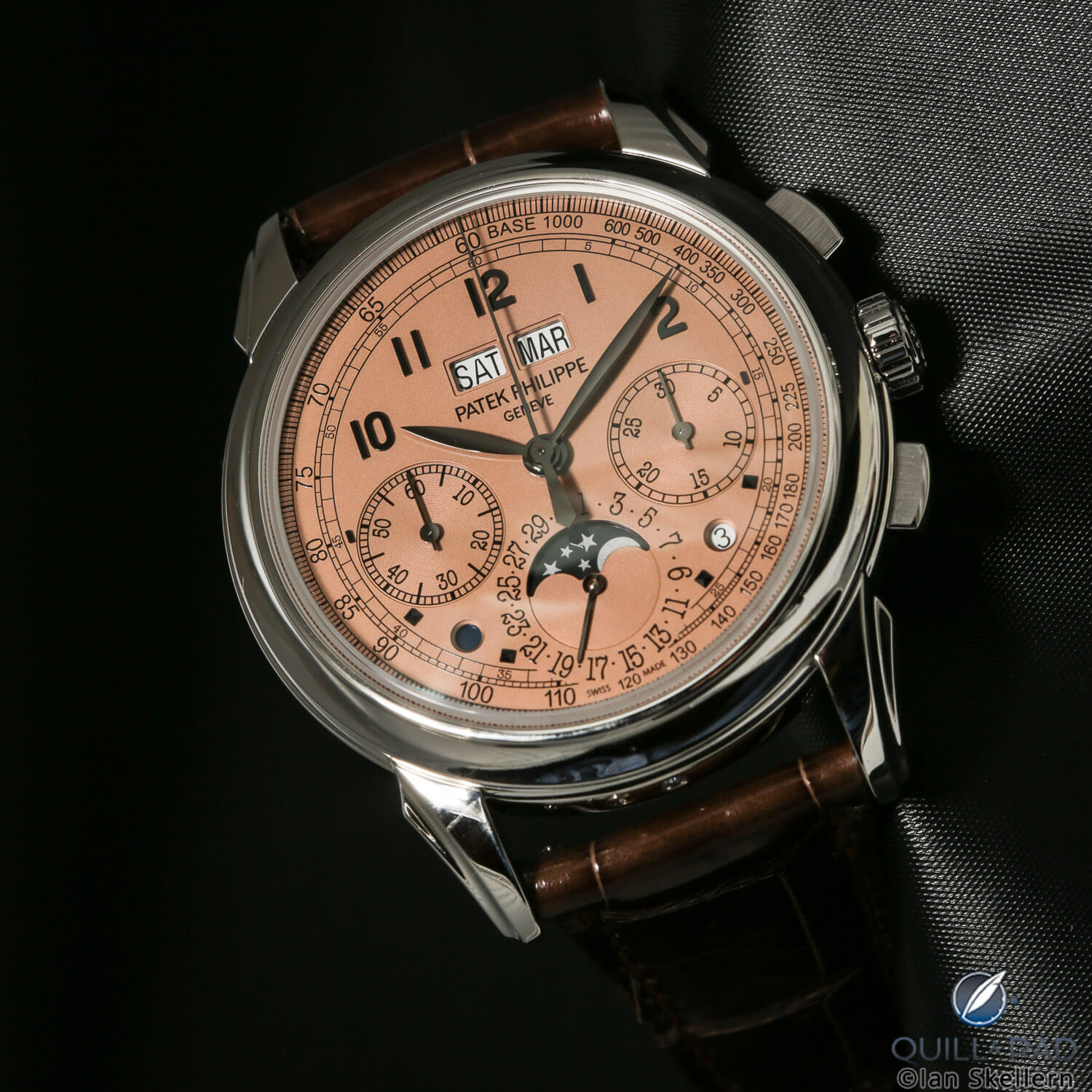
Patek Philippe Reference 5270P Perpetual Chronograph
The well-balanced design of the dial with the day and month apertures positioned at the top, the two chronograph counters situated at 3 and 9 o’clock, and the moon phase and date placed at 6 o’clock, all encircled by a tachymeter scale, set a timeless standard.
Timeless beauty is also to be found beneath the beloved dial enlivened with the new color twist: Caliber CH 29-535 PS Q comprises no less than 456 components and boasts six chronograph patents.
For more information, please visit www.patek.com/en/collection/grand-complications/5270P-001.
Quick Facts Patek Philippe Reference 5270P Perpetual Calendar Chronograph
Case: 41 x 12.4 mm, platinum
Movement: manually-wound Caliber CH 29-535 PS Q with max. 55-hour power reserve (chronograph disengaged), Gyromax balance, Patek Philippe Seal
Functions: hours, minutes, small seconds; chronograph, perpetual calendar with moon phase and day/night indication
Price: $187,110
Jaquet Droz Grande Seconde Moon Black Enamel: it’s all in the details
A longtime staple in this Swiss manufacture’s collection, the Grande Seconde line has raised the bar for understated watch design at its very finest. Celebrating the beauty of skillful reduction, its large dial comprises two overlapping subdials forming the brand’s signature number 8, with the smaller one indicating the hours and the larger one the seconds.
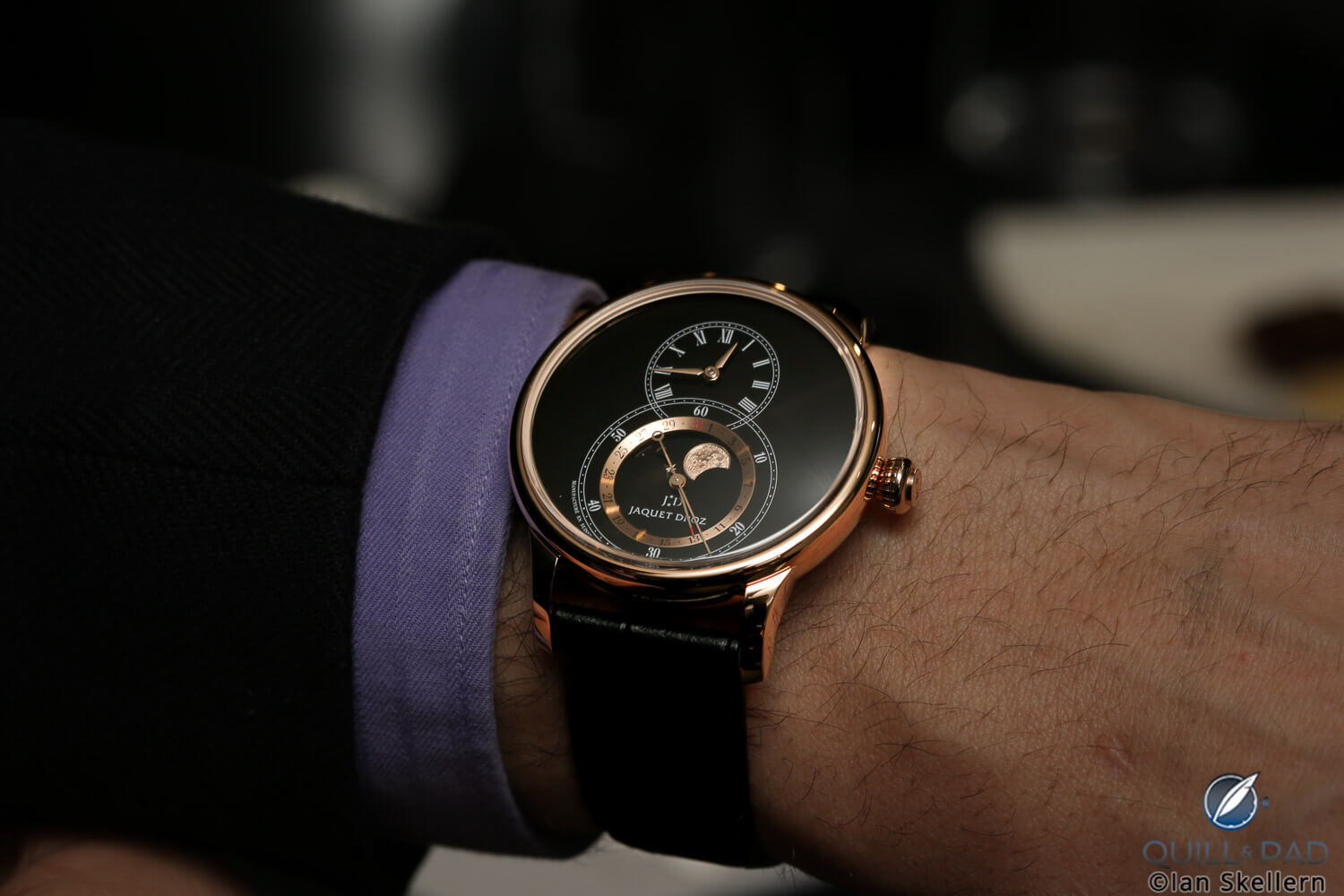
Jaquet Droz Grande Seconde Moon Black Enamel on the wrist
On some models the date is also indicated, as is the case here with a pink gold applied ring integrated into the large space of the grand feu enamel dial.
This prominent seconds subdial serves as the perfect backdrop to stage the moon phase indication with a moon disk made of onyx. One never gets tired of having a closer look at the tiny details expressively reflecting Luna’s surface and the accompanying stars made of pink gold.
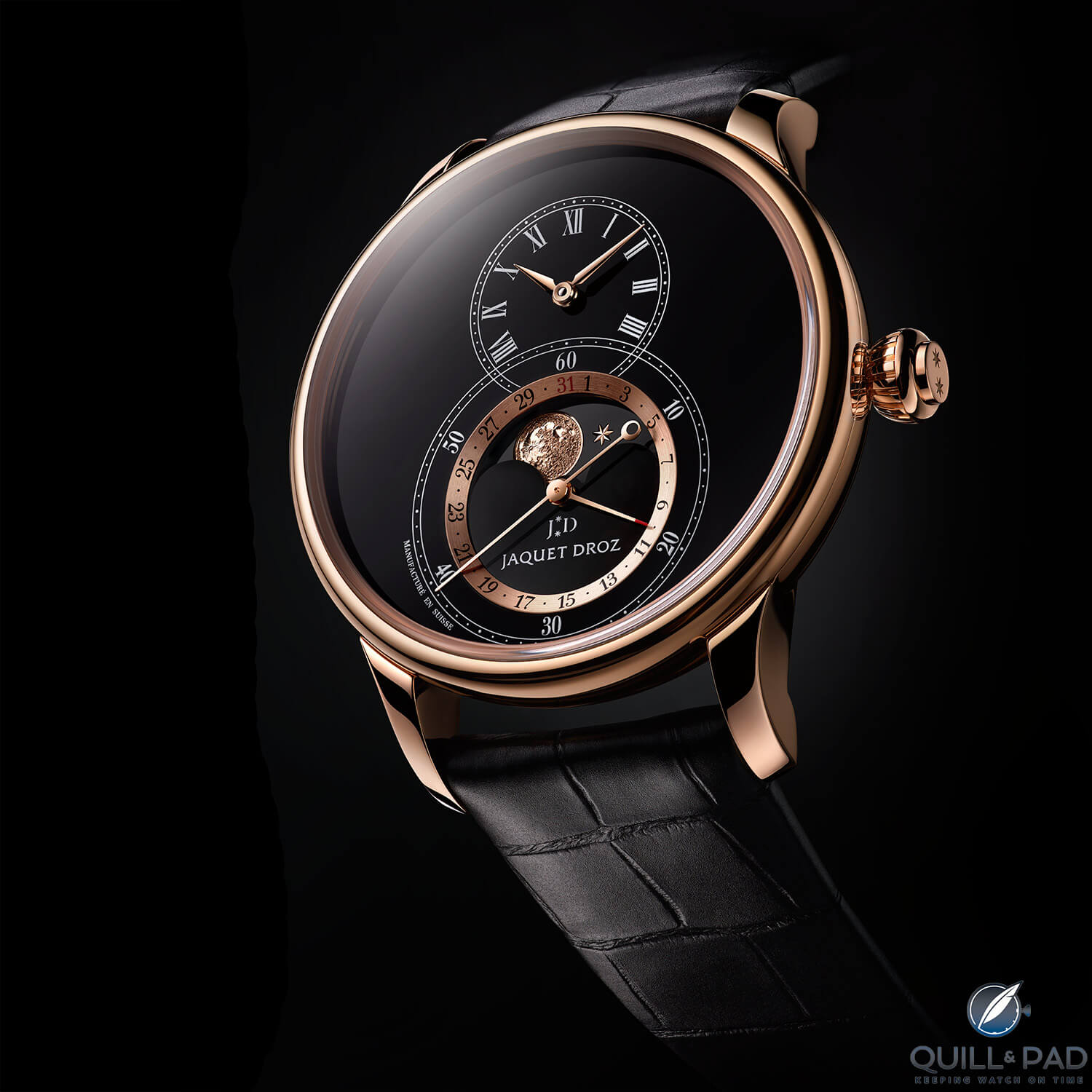
Jaquet Droz Grande Seconde Moon Black Enamel
The ensemble is not only a celestial pleasure but also a very precise one, for the indication only needs readjustment every 122 years and 46 days thanks to a moon disk with 135 teeth instead of the more common 58.
For more information, please visit www.jaquet-droz.com/en/watches/grande-seconde/grande-seconde-moon-black-enamel.
You may also enjoy Jaquet Droz Grande Seconde Moon Black Enamel: I Promise To Tell The Truth, The Whole Truth, And Nothing But The Truth.
Quick Facts Jaquet Droz Grande Seconde Moon Black Enamel
Case: 43 x 13.23 mm, red gold
Movement: automatic Caliber 2660QL3, 28,800 vph/4 Hz frequency, 30 jewels, 18-karat gold rotor, silicon balance spring and pallet fork, double spring barrel, 68-hour power reserve
Functions: hours, minutes, seconds; date, moon phase
Price: $28,900/29,700 Swiss francs
Blancpain Villeret Women Quantième Phases de Lune: tradition-bound with a smile
When it comes to the moon phase complication, Blancpain has earned a special mention because it significantly helped to breathe new life into this ancient astronomical complication.
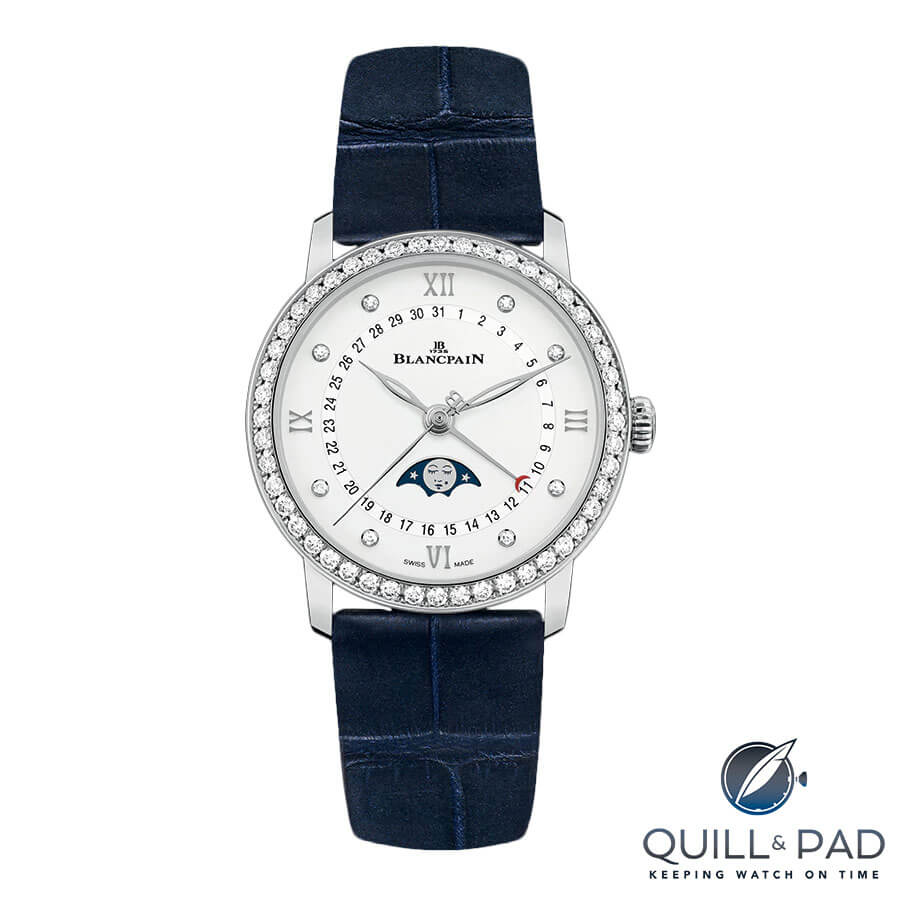
Blancpain Villeret Quantième Phases de Lune
Back in the 1980s, right after the quartz crisis had come to an end, the Swiss manufactory launched a mechanically driven complete calendar including a moon phase, a complication that had vanished for some time. In an unexpected but authentic tribute to history, a tiny beauty mark adorned the corner of the female moon’s mouth. Ladies of eighteenth-century Europe used these artificial moles as part of their styling.

Blancpain Villeret Women Quantième Phases de Lune
One of the latest calendars in the sophisticated collection named after the native village of Blancpain features this very element on Luna’s charmingly created smiling face placed amidst tiny stars on the dark background. Another reference to earth’s satellite is the date hand, which is tipped by a red crescent moon. The indication is placed at 6 o’clock.
For more information, please visit www.blancpain.com/en/watch.
Quick Facts Blancpain Villeret Women Quantième Phases de Lune
Case: 29.2 x 10.36 mm, stainless steel with diamonds on the bezel (0.03 ct)
Movement: automatic Caliber 913QL.P with 40-hour power reserve, silicon hairspring
Functions: hours, minutes, seconds; date, moon phase
Remark: comes with 5 interchangeable straps
Price: €18,710
Jaeger-LeCoultre Rendez-Vous Moon Medium: a magnificent moon
In my opinion, Jaeger-LeCoultre’s Rendez-Vous collection, introduced in 2012, is one of the most marvelous contributions to modern ladies’ watches in recent times (see an outstanding example in Heartbeat: The Mesmerizing Jaeger-LeCoultre Rendez-Vous High Jewellery Tourbillon With Black Enamel Dial).
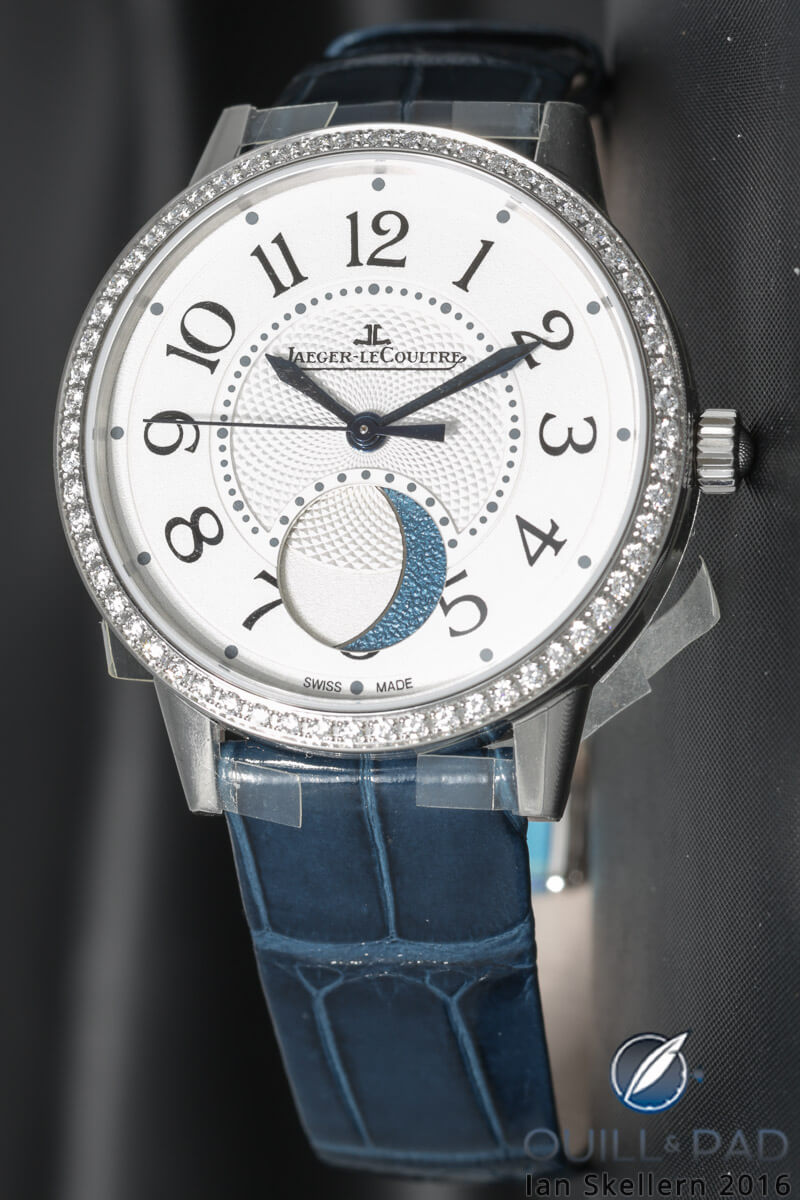
Jaeger-LeCoultre Rendez-Vous Moon Medium
With its joyfully curving Arabic numerals – quite large in size – and chic hands, as well as its well-balanced proportions, this modern yet very elegant timepiece exudes a strong and alluring aura just perfect for staging a moon phase indication.
And one to fall for! Earth’s satellite takes center stage against a blue grained background, symbolizing the night sky, orbiting beneath a white dial with a refined guilloche pattern.
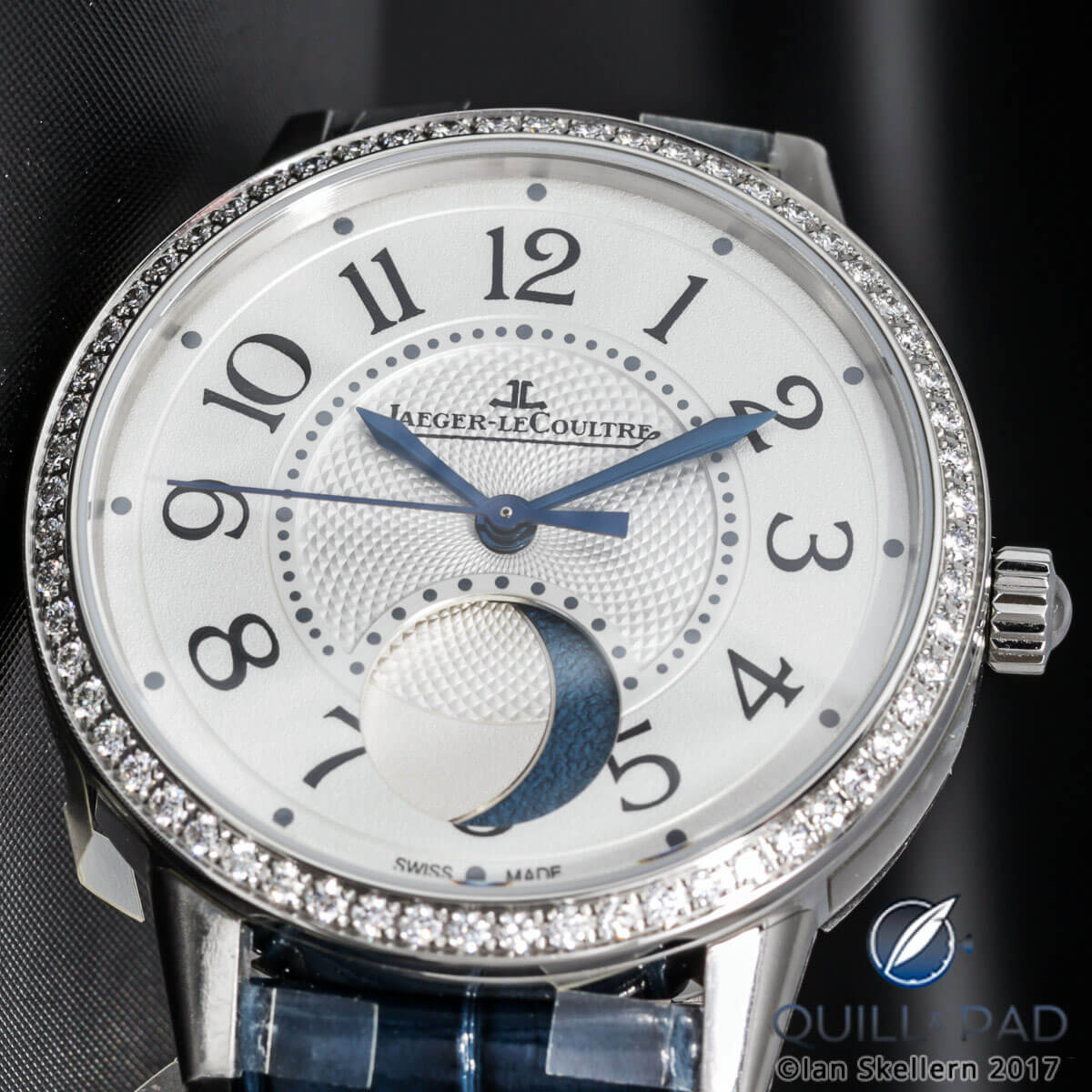
Jaeger-LeCoultre Rendez-Vous Moon Medium
Due to the sheer size of the indication, which extends all the way from 5 o’clock to 7 o’clock and reaches almost up to the hand arbor and down to the edge, the effect is just stunning – perhaps even thanks to the simplicity of the blue disk contrasting with the filigreed dial pattern and the bold ornate numbers.
Created exclusively for mechanical aficionadas, the Rendez-Vous Moon Medium boasts a state-of-the art automatic movement: Caliber 935A, which consists of 267 components despite a height of only 4.63 mm.
For more information, please visit to www.jaeger-lecoultre.com/us/en/watches/rendez-vous/rendez-vous-moon-medium.
Quick Facts Jaeger-LeCoultre Rendez-Vous Moon Medium
Case: 34 x 9.56 mm, stainless steel
Movement: automatic Caliber 935A with 40-hour power reserve
Functions: hours, minutes, seconds; moon phase
Price: $14,900
Glashütte Original Senator Excellence Panorama Date Moon Phase: essentially minimalistic
In thinking of Glashütte Original’s Senator Excellence line, simplicity, sophistication, elegance, and refinement are the adjectives that spring to mind as it is one of the cleanest and most minimalistic wristwatches on the market today.
Two years ago, it received an important technical update with a new manufacture movement: Caliber 36, engineered and manufactured from head to toe by Glashütte Original, further strengthened this brand’s reputation as an outstanding manufactory by prioritizing stability, precision, longevity, and aesthetics. The automatic movement offers a comfortable 100-hour power reserve and a highly accurate rate thanks in part to the integration of a silicon balance spring.
A version of this remarkable caliber powers the latest additions to the Senator Excellence collection, highlighting two of Glashütte Original’s favorite complications: the brand’s large date, which it calls the Panorama Date, and one of the most refined moon phase indications in contemporary watchmaking.
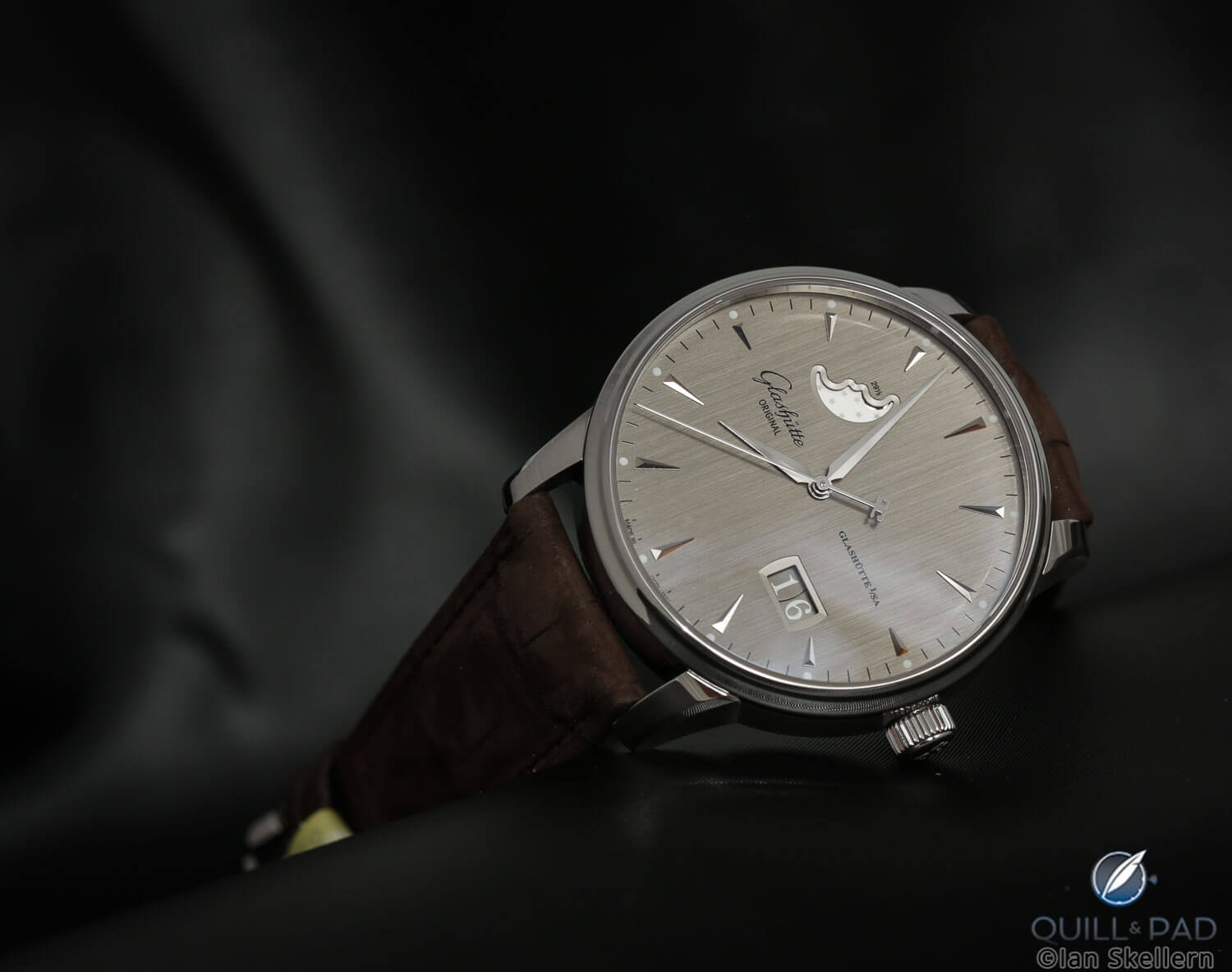
Glashütte Original Senator Excellence Panorama Date Moon Phase
Three new versions housed in cases with a slightly enlarged diameter arrive in 2018: one with a lacquered white dial and two with galvanized colors, one of which is executed in an elegant silver-grey with a vertically brushed finish. The other is available in blue with a sunray decoration.
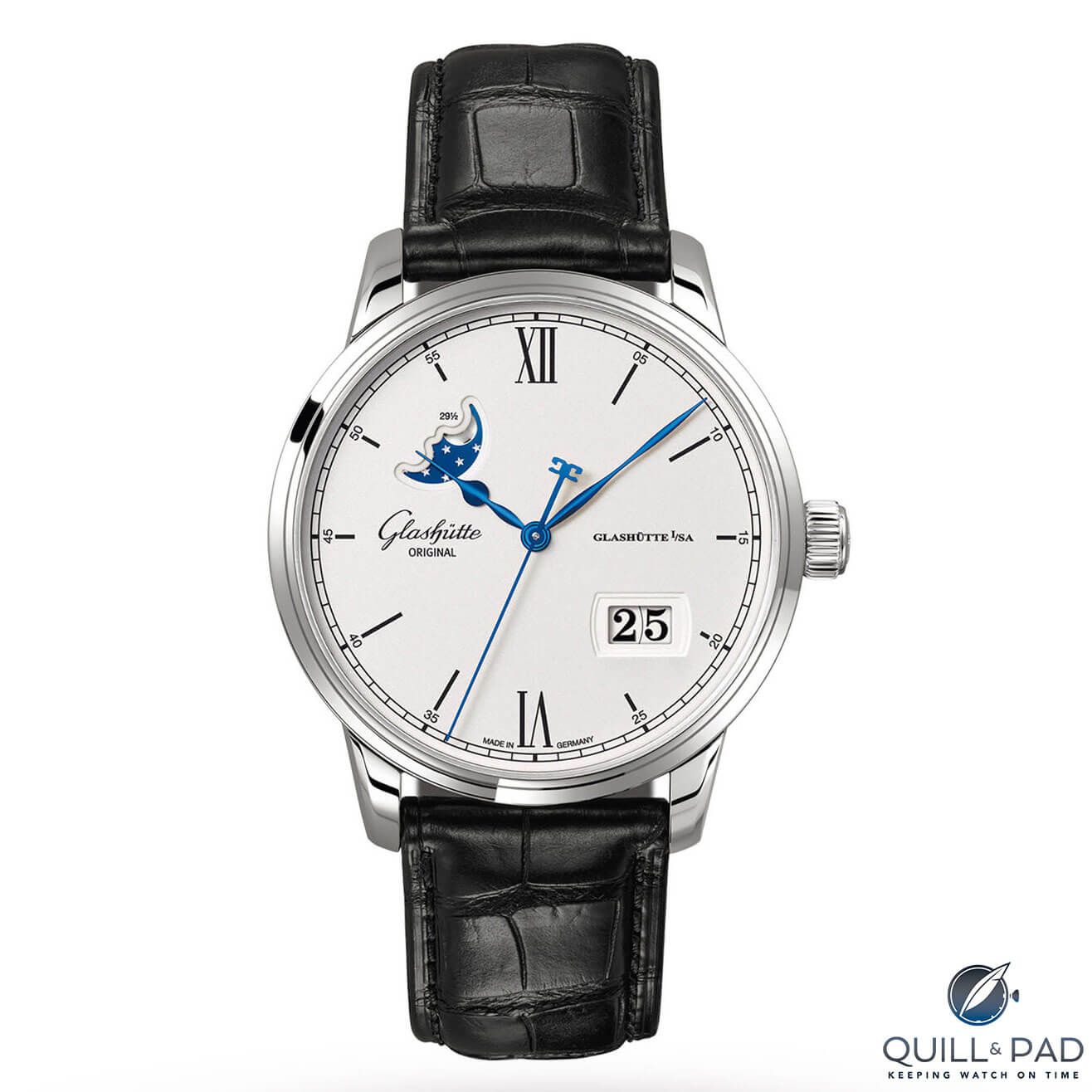
Glashütte Original Senator Excellence Panorama Date Moon Phase
All three of them are gorgeous, but my personal favorite is the blue one due to the intensity of the color. A nice detail here is that the large date’s background boasts the same color as the dial, a choice that underscores the harmonious overall aura.
The moon comes in and out of sight within a delicate crescent-shape aperture between 10 and 11 o’clock. The disk’s styling is consistent with the white gold indexes and bold sword-shaped hands.
For more information, please visit www.glashuette-original.com/collection/senator/senator-excellence-panorama-date-moon-phase.
Quick Facts Glashütte Original Senator Excellence Panorama Date Moon Phase
Case: 42 x 12.2 mm, stainless steel
Movement: automatic manufacture Caliber 36-04 with 100-hour power reserve and silicon balance spring
Functions: hours, minutes, seconds; large date, moon phase
Price: €10,200
You may also enjoy:
The 8 Most Accurate Moon Phase Wristwatches Today
Jaquet Droz Grande Seconde Moon Black Enamel: I Promise To Tell The Truth, The Whole Truth, And Nothing But The Truth
IWC Refined Portofino Hand-Wound Moon Phase Edition 150 Years: Celebrating The Super Blue Blood Moon In A Spectacle Of Superlatives
Serving Up Salmon: Watches With Sublime Salmon-Colored Dials And Why They Remain Rare
Leave a Reply
Want to join the discussion?Feel free to contribute!








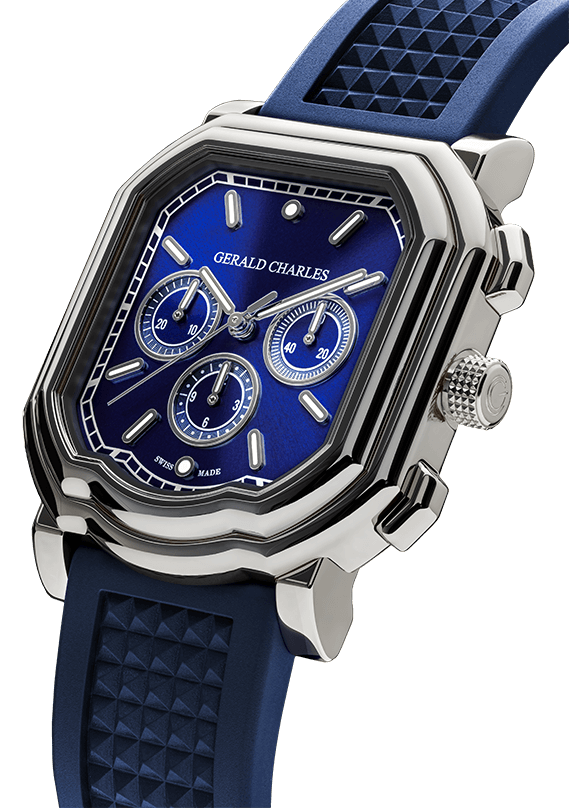








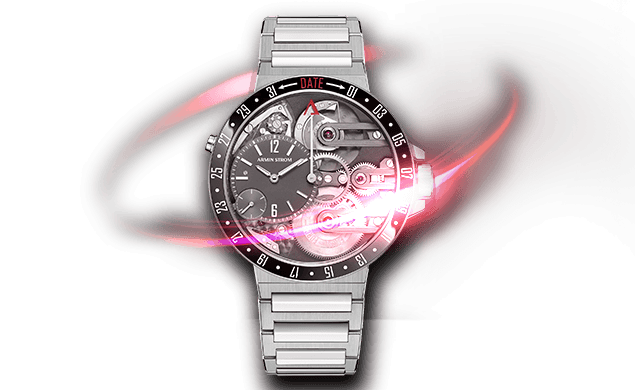
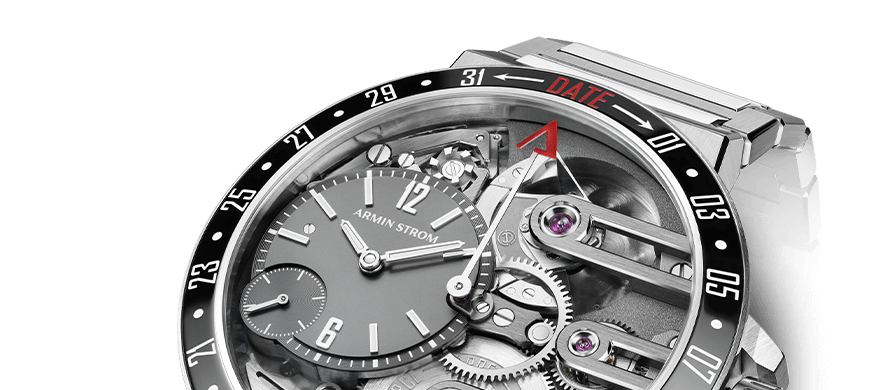
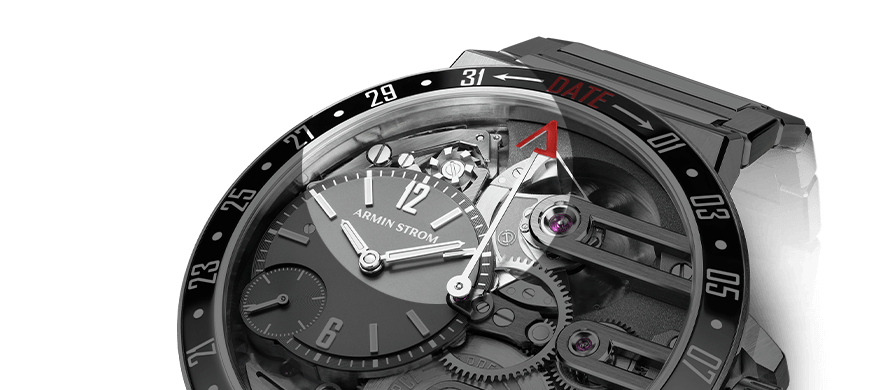


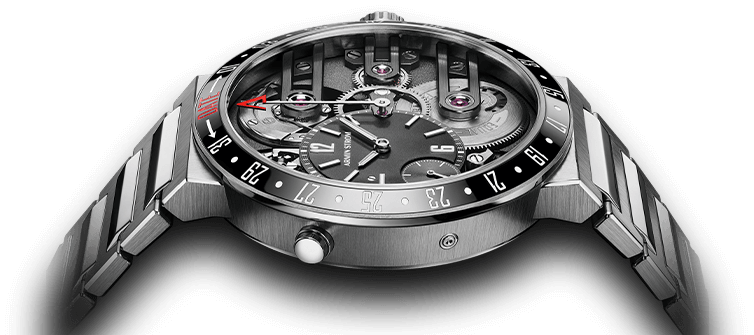
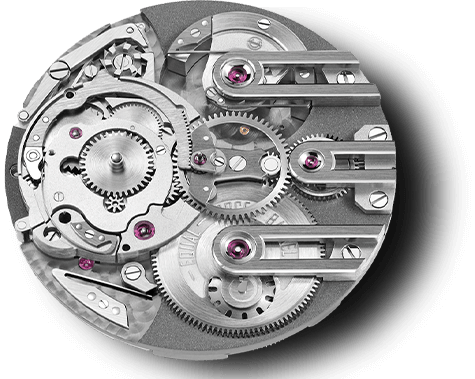







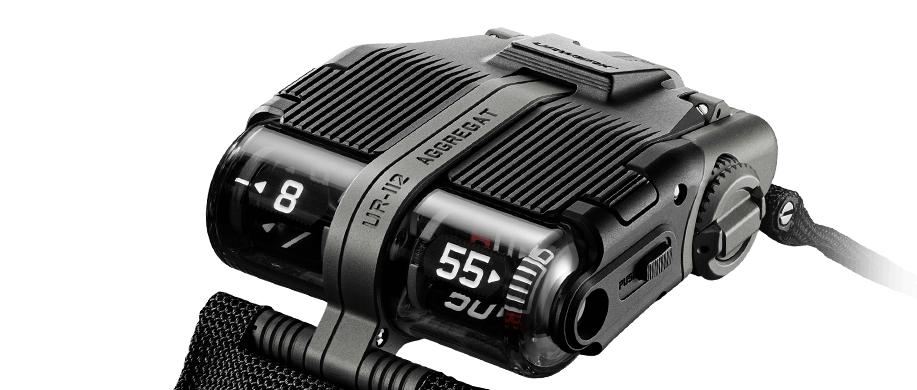
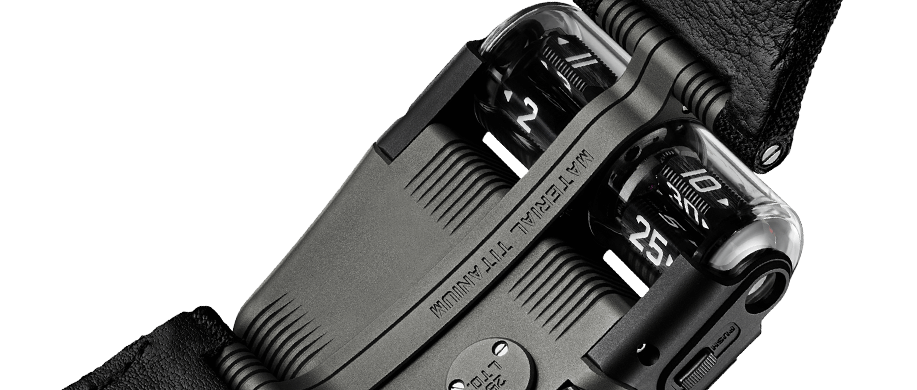
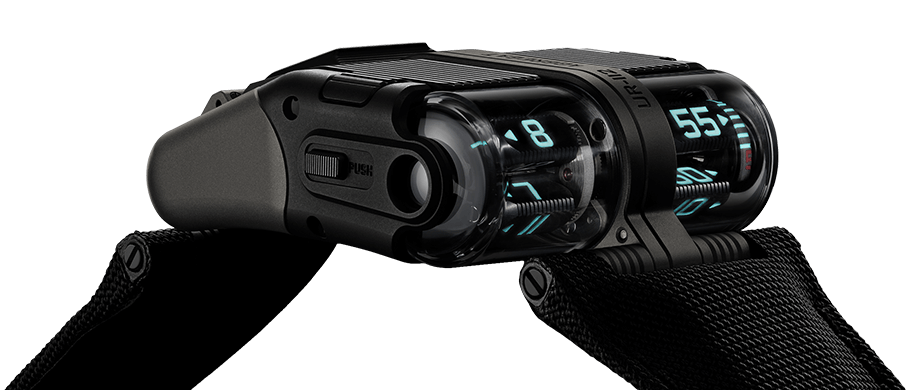


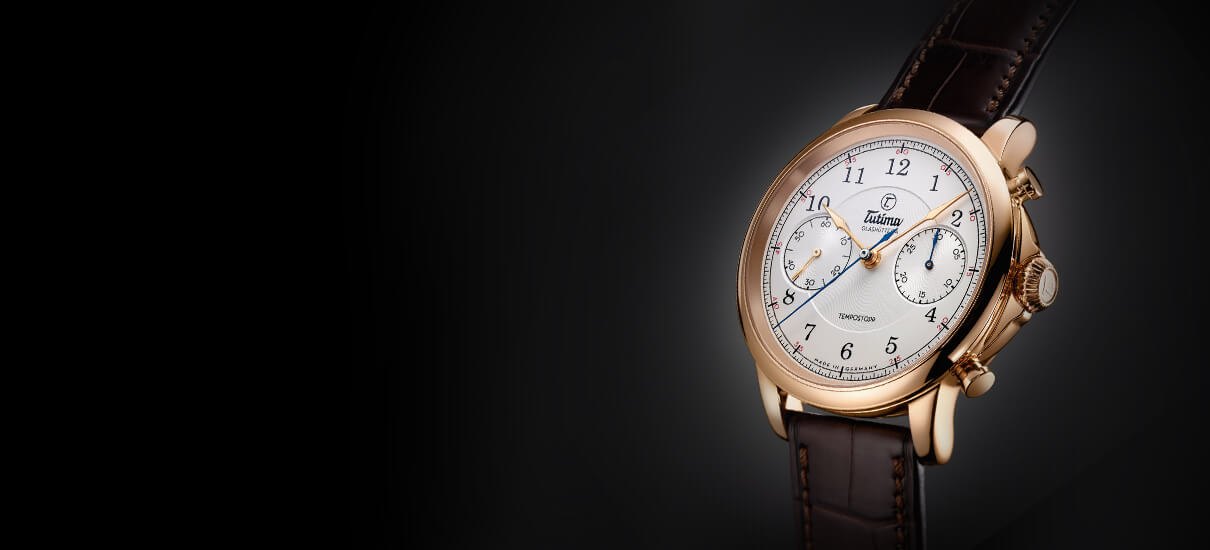



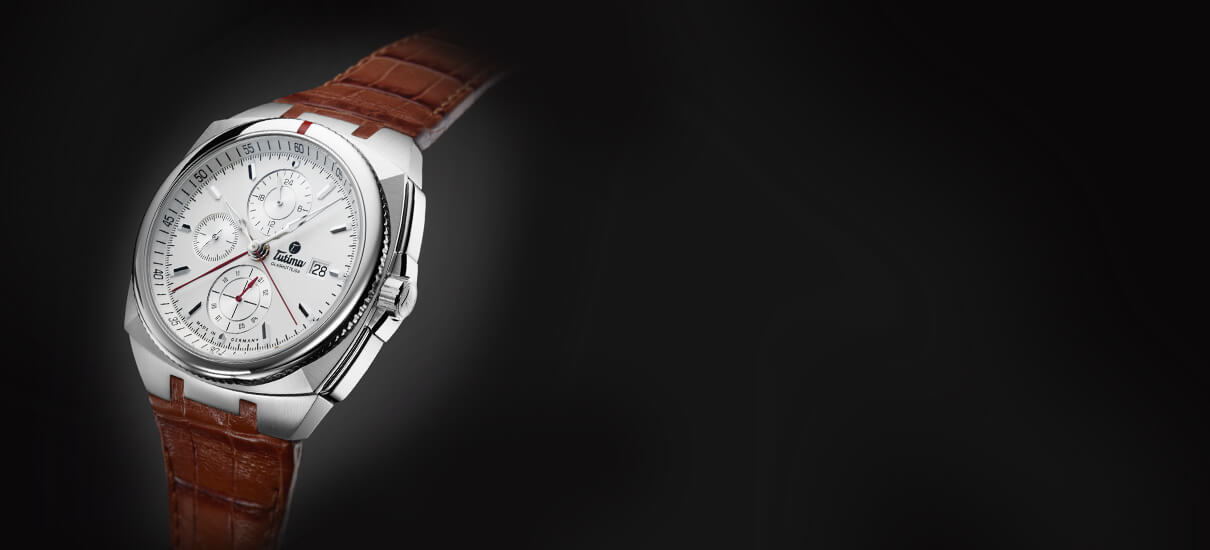

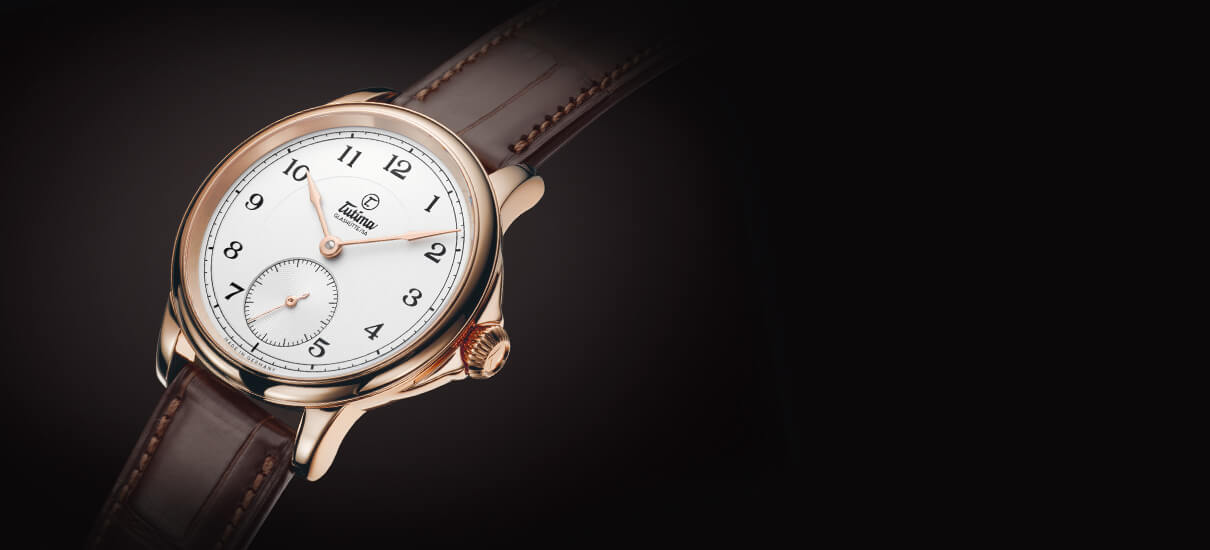

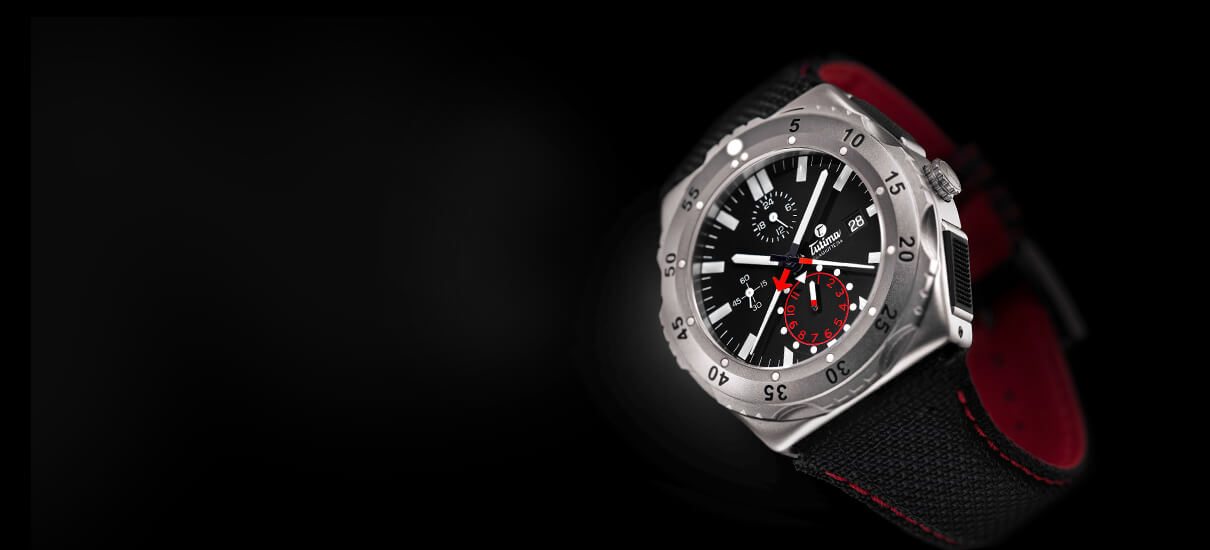

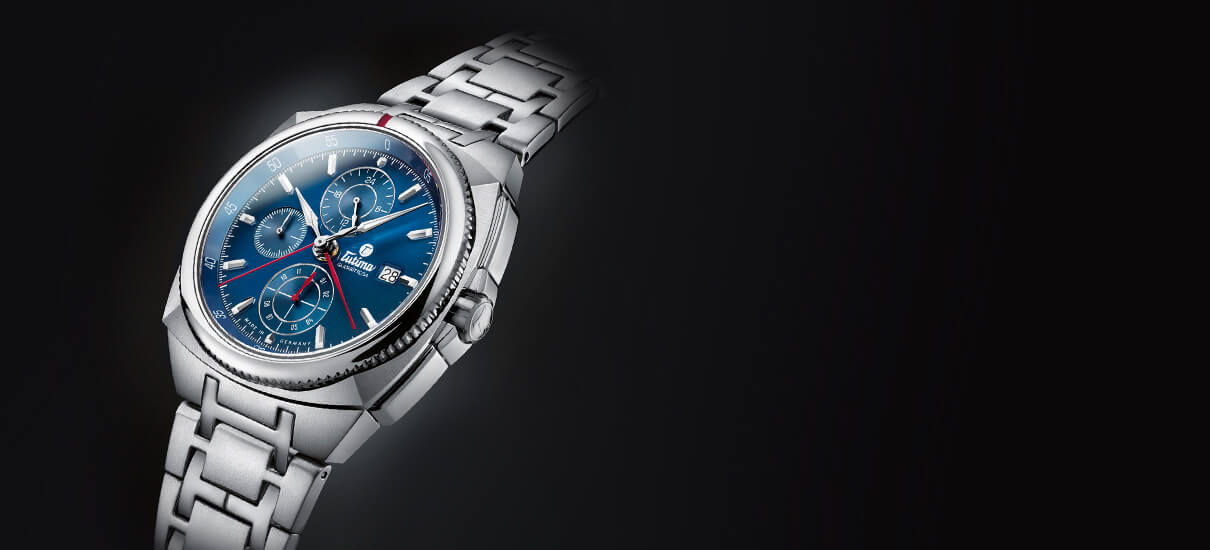

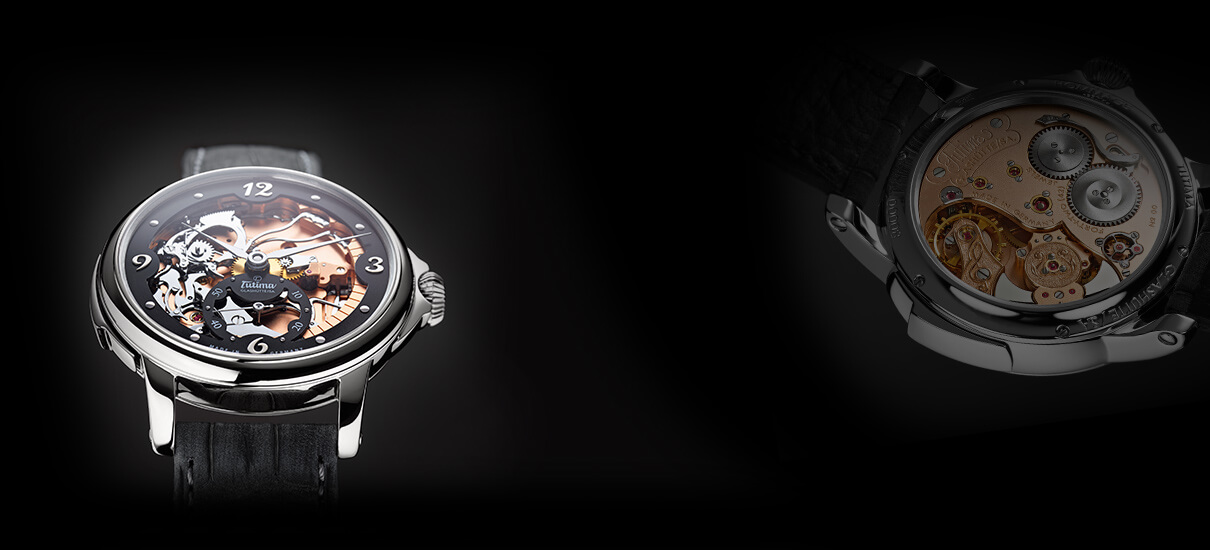



I just wanted to point out that your gif of the Moon’s phases as seen from the south is incorrect. It shows an often miss understood concept of how our view of the moon changes as we move from the northern hemisphere to the southern hemisphere.
The Terminator (the advancing line of the Moon’s shadow across its lit sufcae) still travels from left to right an this is because where the Sun and Moon rise doesn’t change as we change hemispheres, only our perspective of the Moon changes.
It’s a little bit counter intuitive, but I’ll try and explain referencing the gif you used.
The northern hemisphere gif has the light going right to left, but iwncourage you to find two features on the Moon before we go further. A giant crater in the bottom of the Moon and a large dark patch or “sea”on the left of the northern hemisphere gif.
As you walk further south the Moon goes from being in the southern sky, to overhead as you reach the equator and then in the northern sky as you enter the southern hemisphere.
As you walk south, because the moon “shifts” from being in the southern part of the sky to the northern part of the sky you see that crafter at the top.
But that patch we talked about will still be on the left. For the dark patch to be on the other side you would have to physically rotate the Moon 180°.
And this is what happened with the gif. The crater needed to be at the top, so the image editing technique that was used was rotating the image 180°.
Instead the gif needs to be inverted from top to bottom. That “flips” the Moon as it is seen from the south, but keeps the rest of the Moon’s features where they should be.
Hope this helps explain and clear up this misconception.
I asked to look up hand wound pocket watches and got wrist watches. Why?? Also wouldn’t answer questions.